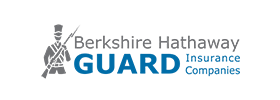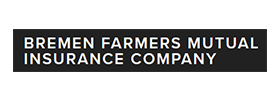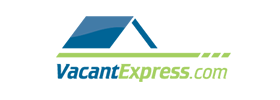As an insurance agency that deals in the selling of life insurance, but also harbors a strong commitment to protecting families, we understand the profound impact that health-related issues can have on both individuals and their loved ones. One such concern that demands our unwavering attention is lung cancer – a formidable adversary that continues to affect millions of lives worldwide. In honor of World Lung Cancer Day, we aim to shed light on this pressing matter, delving into why raising awareness is crucial, the far-reaching implications it holds, and its significant influence on insurance costs.
In this blog, we will explore the reasons behind the correlation between lung cancer and insurance costs, as well as the steps individuals can take to secure their financial future in the face of such challenges. Moreover, we will emphasize the significance of proactive measures in reducing the risk of lung cancer, fostering a healthier society, and potentially mitigating insurance-related concerns.
At AHI Group, we believe that empowering individuals with knowledge and awareness is an integral part of our commitment to safeguarding their well-being and financial security. By delving into the realms of lung cancer, its impact on insurance, and the importance of collective awareness, we hope to pave the way for informed decisions, improved support systems, and, ultimately, a brighter, healthier future.
August 1st is World Lung Cancer Day
The “C” word is devastating for any individual, young or old. Each year, on August 1st, the world recognizes World Lung Cancer Day, a day created to raise awareness for a cancer that claims more lives per year than colon, prostate, and breast cancer combined. Lung cancer is extremely prevalent among the older generation, but we’re starting to see cases now emerge among younger individuals as well.
World Lung Cancer Day holds immense significance as it serves as a powerful platform to raise awareness about lung cancer, its risk factors, prevention strategies, and the dire need for early detection. This global observance brings together individuals, healthcare professionals, advocacy groups, and insurance agencies alike to unite in a common cause: combating the devastating impact of lung cancer on communities worldwide. By shedding light on this critical health issue, World Lung Cancer Day not only emphasizes the importance of fostering a greater understanding of the disease but also highlights the urgent necessity for robust support systems, improved access to healthcare, and enhanced research initiatives. Through collective efforts on this day and beyond, we can strive to reduce the burden of lung cancer, improve patient outcomes, and create a world where prevention, early intervention, and comprehensive insurance coverage play pivotal roles in safeguarding the well-being of individuals and their loved ones.
Insurance and Lung Cancer: Understanding the Impact of Smoking on Life and Home Insurance Costs
Lung cancer is one of the leading causes of cancer-related deaths worldwide, with smoking being the primary risk factor associated with this deadly disease. As an insurance agency, we cannot stress enough the critical link between smoking and the costs of life and home insurance. Understanding this relationship is vital for individuals seeking coverage, as well as for insurance providers determining policy terms and premiums.
When it comes to life insurance, smoking is a significant determinant in assessing an applicant’s risk profile. Smokers are exposed to a considerably higher risk of developing lung cancer, as well as other health issues such as heart disease and respiratory ailments. Consequently, insurance providers view smoking as a red flag, which can lead to higher premiums for smokers compared to non-smokers.
Similarly, the impact of smoking extends to home insurance costs as well. Home insurance covers various risks, including fire hazards, which can be heightened in households with smokers. Smoking indoors raises the likelihood of accidental fires, and insurance companies recognize this added risk. As a result, homes with smokers may be subjected to higher home insurance premiums to account for the elevated potential of fire-related incidents.
The critical importance of World Lung Cancer Day is critical importance for policyholders (both for life and home) who smoke. By understanding the profound impact that smoking has on insurance costs, individuals can be motivated to adopt healthier lifestyles and potentially reduce the financial burden of insurance premiums.
AHI Group: Helping You Save Money on Your Insurance This World Lung Cancer Day
World Lung Cancer Day serves as a poignant reminder of the far-reaching impact of lung cancer on individuals, families, and the insurance industry. As an insurance agency, we understand the significant implications that smoking and lung cancer have on life and home insurance costs. By raising awareness about the link between smoking and increased health risks, we hope to inspire individuals to take charge of their well-being and make informed decisions that can potentially lead to lower insurance premiums and comprehensive coverage.
In addition to understanding the impact that lung cancer has had on our loved ones, whether in our immediate family, our friends, or personally experienced, we can see how making healthier efforts – such as quitting smoking, eating healthier, and exercising – can not only secure a brighter future for ourselves and our loved ones but can even help us reduce some of our insurance costs. Give us a call at AHI Group to discuss more about reducing your insurance costs today.
























